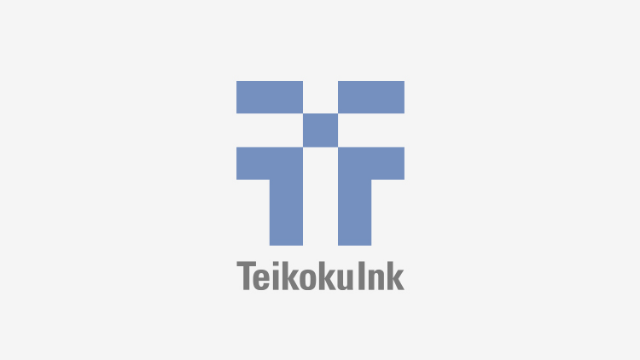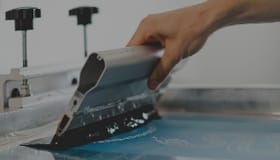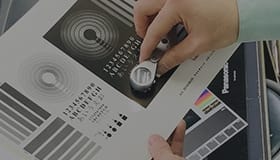Product overview
UV SPA-928 THICK LAYER CLEAR is an UV curable clear for screen printing. It is designed for use from glossing to thickening, with a good balance between ink layer flexibility and blocking resistance, it can be used for various glossing and thickening emphasis applications such as posters, calendars, catalogues and packaging.
- UV Clear Ink

Application
- Gloss, thick clear for Oxidation polymerization type/UV curable offset printing
- Gloss, thick clear on matt PP laminate
Features, Function
- Superior adhesion to various offset ink (does not matter whether Oxidation polymerization or UV curable)
- Excellent resistance to blocking, curing property, etc. (compatible with both metal halide lamp and mercury lamp), and has good leveling and is suitable for cylinder printing.
- Ink layer is low odor and super gloss
- Excellent thin paper compatibility (curling property)
Substrate
- Oxidation polymerization type/UV Offset printing area
- Matte PP laminated
- PP
Dilution
- Not required
Promoter
- Not required
Recommended cleaner
- Screen Cleaner L2
Mesh
- T 80 to 150 mesh(for thick layer) (Coverage is about 10 to 20 m2/kg at 100 mesh)
- T 250 to 350 mesh(for gloss) (Coverage is about 60 to 80m2/kg at 300 mesh)
Drying, Curing
- Accumulated light energy: 200mJ/cm2, Peak power: 350 to 400 mW/cm2 (Eye Graphics UV integral light counter)
- Two 80W/cm metal halide lamps, lamp height 15cm, belt speed 5 to 15m/min
Caution
- Checking adhesion before production: Adhesion may change depending on the substrates, processes, and printing. Be sure to check the adhesiveness before mass production printing.
- Ink shelf life: 12 months from production date, unopened.
Safety
- UN No.: Not classified in the definition
- UN Classification: Not classified in the definition
Handling
- Use safety gloves and eyeglasses to protect skin and eyes. If the ink comes in contact with skin, wash with soap and plenty of water (or lukewarm water) and consult with a doctor.
- Containers should be closed tightly after use and stored in a cool and dark place.
- SDS is available upon request. Please request a copy and read it carefully before handling the products.
Resistance
| Test item | Test Conditions | Test results |
|---|---|---|
| Adhesion | Adhesion to various Oxidation polymerization, UV Offset Ink | No defect |
| Humidity | 40℃・90% RH,100 hrs., check adhesion | No defect |
| Heat(1) | 40℃,100 hrs., check adhesion | No defect |
| Heat(2) | 60℃, 100 hrs., check adhesion | No defect |
| Cold(1) | -20℃, 100 hrs., check adhesion | No defect |
| Cold(2) | -40℃, 100 hrs., check adhesion | No defect |
| Blocking(1) | 40℃, 100 hrs., bar pile height at 50cm, equivalent to (100g/cm2) | No defect |
| Blocking(2) | 40℃, 100 hrs., bar pile height at 100cm, equivalent to (200g/cm2) | No defect |
| Post forming | Cut with a punch, check cut edges. | No defect |
| Light fastness | Sunshine Fade Meter, Accelerated light fastness test,100 hrs., check appearance | No defect |
Test Condition
- Test Conditions 【Substrate:Oily offset printed material on coated paper】 【T 100 mesh(clear thickness 50μm)】 【80W/cm Two metal halide lamps, 15cm height, belt speed 10m/min】
- Above resistance test results are measured results in our laboratory and they are not guaranteed values.
- Information contained in this catalog may change without prior notice.
FAQ
-
What is screen printing?
-
Screen printing is a type of stencil printing which uses a technique of duplicating the image from a design made on mesh stencils.
When printing ink goes through the mesh, it transfers the image onto the substrate material. Other than air and water, any substrate materials are printable. Not only flat surfaces, but also curved, specially shaped, and molded products are suitable for screen printing.
- Related inks

